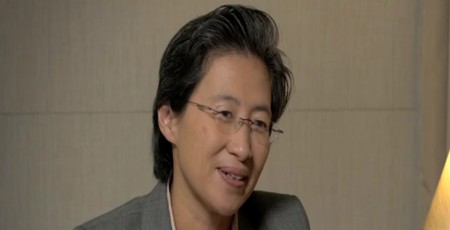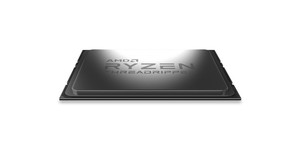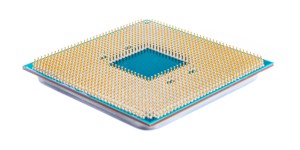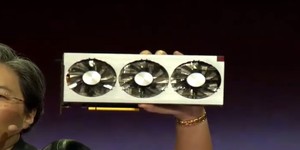AMD boasts of 'highest profitability in seven years'
January 30, 2019 | 11:05
Companies: #amd #globalfoundries

AMD has announced bumper results for the close of its 2018 financial year, boasting of its highest profitability for seven years - taking it back to the launch of the ill-fated Bulldozer microarchitecture, in fact - but warns of a trickier than expected quarter to come.
That AMD's Bulldozer microarchitecture - a long-pipeline design which echoed Intel's since-abandoned Netburst - was a misstep is undeniable: Having lost its performance lead against Intel, AMD spent the next few years struggling to hang on. Like its rival, though, the company spotted its mistake and worked to correct it: Just as Intel dropped Netburst in favour of an updated version of its earlier Pentium P6 architecture, dubbed Core, AMD developed Zen based on its K10/10h microarchitecture. Its release signalled a turnaround for the company, and now it is reaping the benefits in the form of its highest profitability since Bulldozer dropped.
'In 2018 we delivered our second straight year of significant revenue growth, market share gains, expanded gross margin and improved profitability based on our high-performance products. Importantly, we more than doubled our Epyc processor shipments sequentially and delivered record GPU data centre revenue in the quarter,' crows Dr. Lisa Su, AMD president and chief executive, of the results. 'Despite near-term graphics headwinds, 2019 is shaping up to be another exciting year driven by the launch of our broadest and most competitive product portfolio ever with our next-generation 7nm Ryzen, Radeon, and Epyc products.'
AMD finished the quarter up six percent year-on-year but down 14 percent quarter-on-quarter, and with $1.42 billion revenue and a gross margin of 38 percent - down two percentage points quarter-on-quarter but up four percentage points year-on-year. The company's annual figures are where it's celebrating, though: AMD has closed out its 2018 financial year with $6.48 billion in revenue, up 23 percent year-on-year, and a 38 percent gross margin, up four percentage points. While its operating expenses have also increased, its performance was enough to hit a $337 million profit for the year - a major improvement on last year's $33 million loss.
The company has credited growth in both the computing and graphics markets, with average selling prices for client CPU and GPUs. AMD has also detailed yet another amendment to its wafer supply agreement with spun-off manufacturing arm GlobalFoundries: Where its previous, disastrous contract for 12nm and above requires it to buy wafers from GlobalFoundries even if it's actually having production carried out elsewhere, its new amendment sees AMD freed from both one-off payments and royalties for all production at 7nm and below - likely helped by the fact that GlobalFoundries put its own 7nm node on indefinite hold last last year.
Investor confidence seems buoyed by the results, despite AMD's warnings that the first quarter of its 2019 financial year will likely see a 24 percent year-on-year drop in revenue owing to 'lower graphics sales due to excess channel inventory, the absence of blockchain-related GPU revenue, and lower memory sales'. While the company's share price closed down 4.61 percent as part of a halo effect caused by rival Nvidia's revised fourth quarter projections, it jumped 5.75 percent in after-market trading on the news.

MSI MPG Velox 100R Chassis Review
October 14 2021 | 15:04








Want to comment? Please log in.